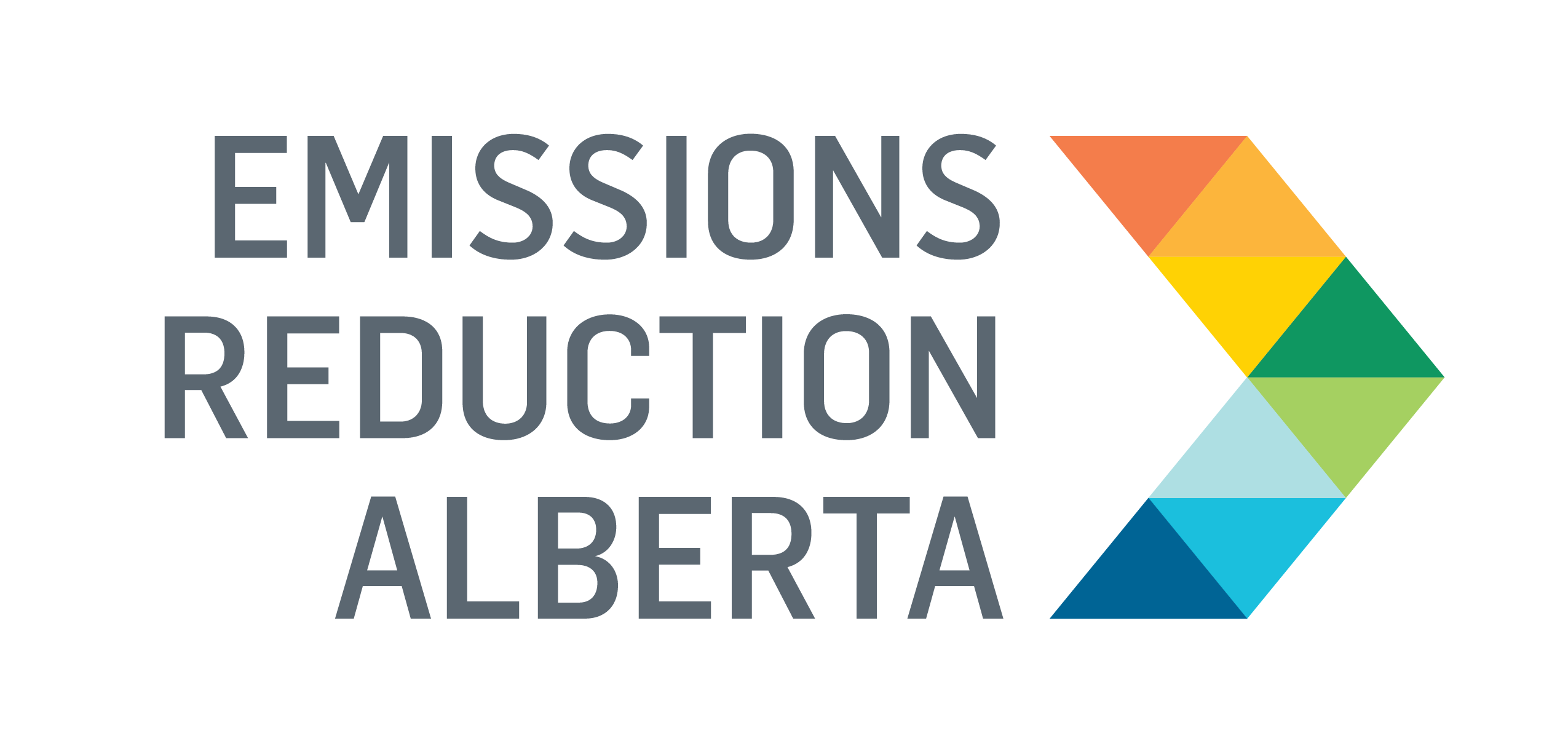Hybrid Solar-Fuel Cell for Remote Wellsite Power Generation
Approved for funding through Round 1: Open Call in 2010, Evergreen Energy Technologies developed a Power Pod system that combines direct methanol fuel cells and solar as a power source to replace pneumatic devices at well sites. By its completion in 2012, field testing proved capable, eliminating methane vented from pneumatic equipment in the oil and gas industry.
Evergreen’s Power Pod technology combines direct methanol fuel cells (DMFC) and solar power generation for unattended, continuous operation of electrical power in remote off-grid locations. The hybrid solution replaces natural gas or propane venting pneumatic devices at well sites, eliminating methane that would otherwise be vented into the atmosphere, reducing greenhouse gas (GHG) emissions. The solar cell, added for reliability, provides primary power to the system and is backed up by the fuel cell when solar resources are limited. Direct methanol fuel cell technology is efficient and consumes readily available methanol. The Power Pod economically reduces the GHG impact of gas well operation, aiming to reduce energy use and emissions by more than 99 per cent.
Power Pod System Operational, Barriers to Commercialization Remain
The project involved installation of six power pod units at well locations across Alberta. During the project, improvements required for the fuel cell to be more reliable in cold weather were discovered and implemented. Further field testing proved the Power Pod system’s capability in remote Canadian applications and 18 units were produced and sold during the project period. Although the project successfully validated the operation of the system and enabled Evergreen to overcome cold weather challenges to the Power Pod, remaining technical barriers, operational challenges, reliability issues and fuel supply concerns are likely to affect commercial adoption.
What’s next?
Since project completion the technology did not advance to commercialization, however, the project informed the concept within the industry. Pneumatic devices remain the largest source of methane emissions. While this application to address these emissions has seen challenges,alternatives exist and are ready to deploy. Further deployment of these technologies is needed,and the availability of these technologies indicates that incentives or regulations are required for widespread adoption.
